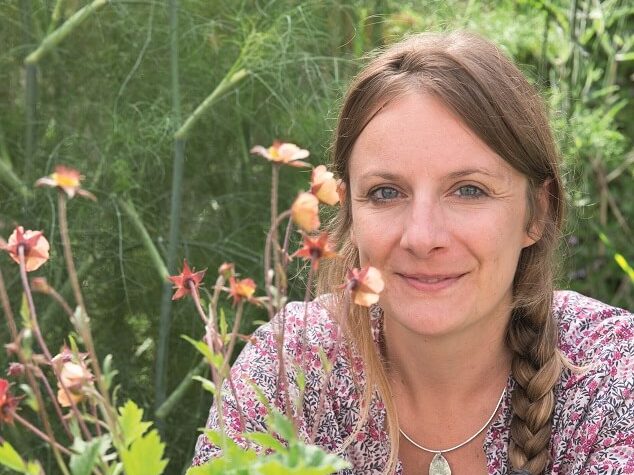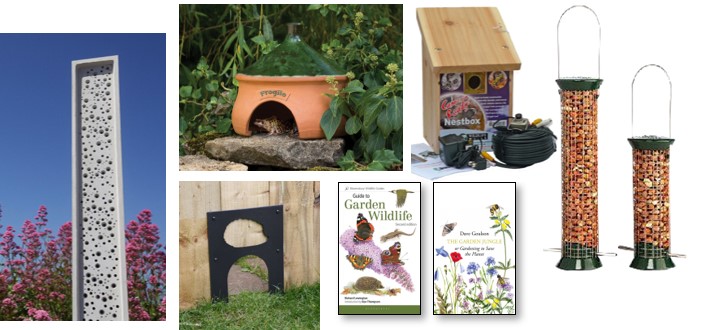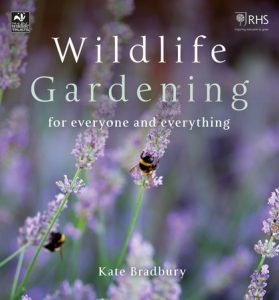 If you want to attract more bees, birds, frogs and hedgehogs into your garden, look no further than Wildlife Gardening for Everyone and Everything. Award-winning author and journalist, Kate Bradbury offers tips on feeding your neighbourhood wildlife and explains how you can create the perfect habitats for species you’d like to welcome into your garden.
If you want to attract more bees, birds, frogs and hedgehogs into your garden, look no further than Wildlife Gardening for Everyone and Everything. Award-winning author and journalist, Kate Bradbury offers tips on feeding your neighbourhood wildlife and explains how you can create the perfect habitats for species you’d like to welcome into your garden.
Kate kindly took some time out to answer our wildlife gardening questions, to help us get our gardens wildlife-friendly for summer!
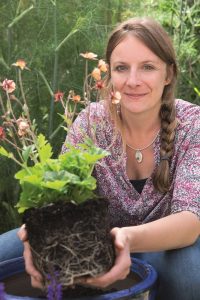
Can you tell us a little about your background and how you got interested in the natural world?
I grew up in a house with half an acre of garden out the back. I spend my early years out there, grubbing around in the soil looking for worms, watching the birds. I started gardening from a very young age and the natural world has always been a part of that, for me.
What interests you about gardening for wildlife?
I’ve always been a softie and I’ve always championed the underdog. I love garden wildlife but I’m also passionate about looking after it, and can see the potential our gardens have for saving so many species. Wildlife gardening is all about the power of the individual. There are so many things going on in the world we might feel powerless to change, but simply by planting flowers and caterpillar foodplants we can make a difference for local wildlife species.
I get particularly excited if I find a slow worm in the garden. What animal gives you the most pleasure if you see it visiting, or making a home in your garden?
I couldn’t pick just one! In my new garden I’m desperate to see a toad. They’re so rarely seen these days – I’d be honoured if they found their way to my garden. I’m lucky enough to have hedgehogs so I love seeing them. And a grass snake would be pretty special!
If you could pick just a single thing or activity anyone could implement in their garden that would benefit wildlife, what would it be?
Grow a few native plants. Just one native tree can support hundreds of different species – providing flowers for pollinators, leaves for caterpillars and then seeds or fruit for birds in autumn. Not to mention shelter! Non-natives have a great role in gardens – especially for pollinating insects. But it’s the natives that attract the leaf munchers – the caterpillars, leaf miners, things that need leaves to breed. And, being at the bottom of the foodchain, these are hugely important to anything from hedgehogs to frogs, toads, newts, birds and bats.
What can cause the greatest harm or damage to wildlife living in, or wanting to live in your garden?
Erecting new fences and walls. If wildlife can’t get in to your garden, you’re closing off feeding and breeding habitat to them and potentially blocking off more gardens, too. Make sure wildlife can access your garden and chat with your neighbours so they know this too. Hedgehogs need just a four inch gap beneath or cut into a fence.
If your outdoor space is very small, what are the best ways to make even a tiny outdoor space a home to wildlife?
Grow a mix of nectar- and pollen-rich plants for pollinators, plus native plants for caterpillars. In a small garden you might have room for only one tree – try a Silver Birch or standard Hawthorn, which are great for wildlife. In courtyard gardens and balconies grow forget-me-not, primroses and foxgloves. These provide nectar and pollen for pollinators but also leaves for caterpillars to eat.
Do you have any new projects in the pipeline that you’d like to tell us about?
I’ve got an exciting project coming up that I can’t talk about yet – you’ll have to wait and see!
Kate Bradbury has authored many popular gardening books and the wonderful The Bumblebee Flies Anyway. See below for a list of her books available at NHBS.
Wildlife Gardening: For Everyone and Everything £14.99
With handy charts tailored to the needs of every size and style of garden, this easy-to-use book also includes practical projects such as making bee hotels or creating wildlife ponds, compost corners and wildflower meadows, as well as fact files for the UK’s most common garden species.
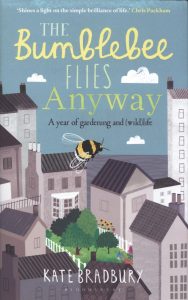 The Bumblebee Flies Anyway: A Year of Gardening and (Wild)Life From £9.99
The Bumblebee Flies Anyway: A Year of Gardening and (Wild)Life From £9.99
Finding herself in a new home in Brighton, Kate Bradbury sets about transforming her decked, barren backyard into a beautiful wildlife garden. She documents the unbuttoning of the earth and the rebirth of the garden, the rewilding of a tiny urban space.
The Wildlife Gardener £16.99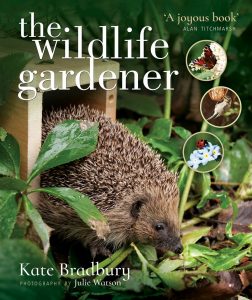
The Wildlife Gardener is a book which helps you to create wildlife habitats in your very own garden, and is very handily split into sections on shelter, food and water.
We have also made a collection of our favourite wildlife gardening books and equipment to get your garden a wildlife haven.

